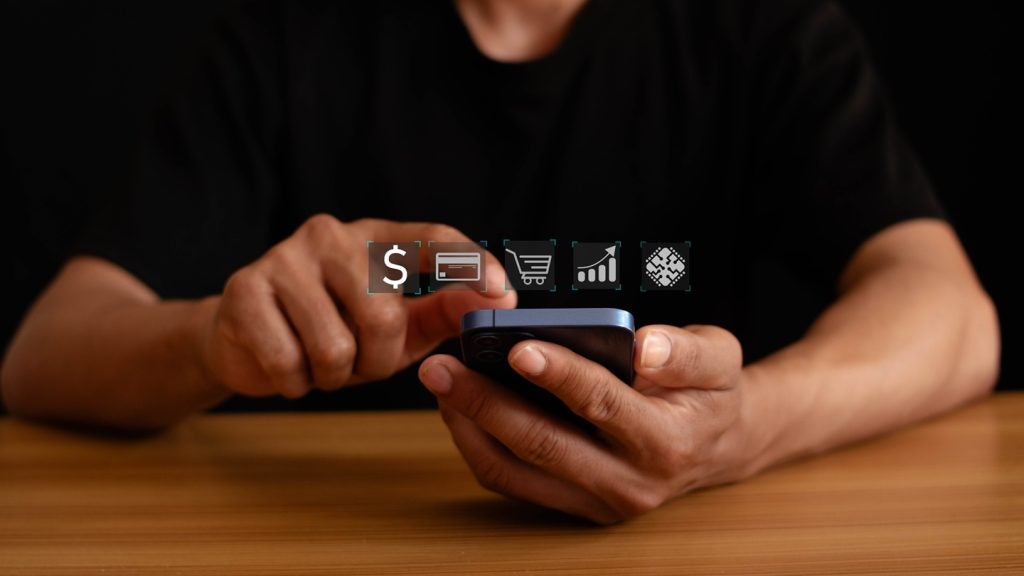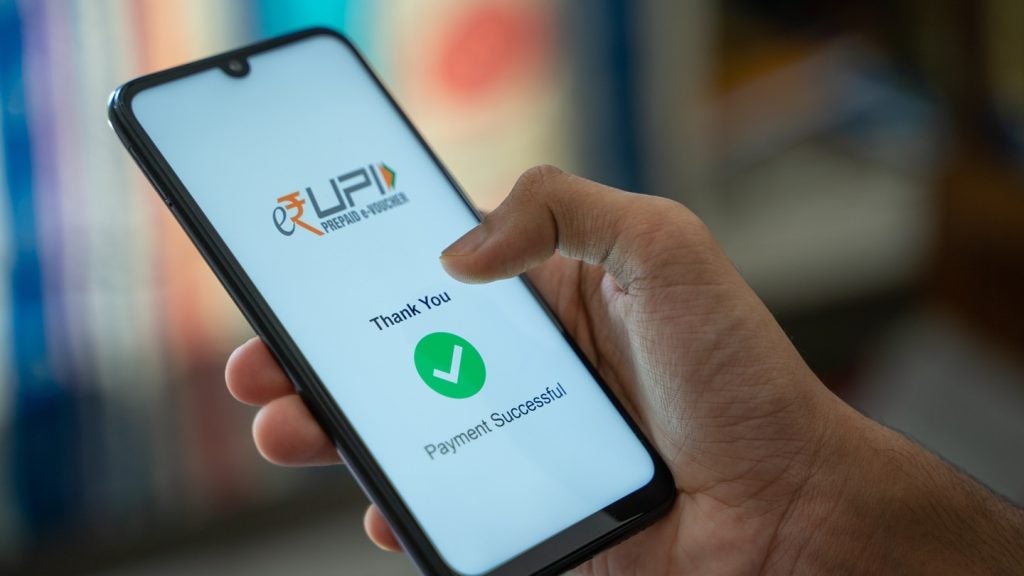Everywhere you turn today, there’s a story about "mobile payments": Apple Pay, Samsung Pay, Android Pay and Zapp are all launching in the UK or international markets this year. Why is there such a frenzy around mobile payments and is what these providers offer really what the consumer wants? Liam Lannon, payments transformation consultant at Sopra Steria writes
Let’s start with the why: the explosion in smartphone penetration means that many more consumers have access to powerful handheld technology and can be always online, creating a ready market for mobile app developers and service providers to tap into; as the ability to transact commercially with mobile handsets becomes more commonplace, consumers are becoming accustomed to the flexibility, security and personalised nature of mCommerce and want to see those mobile payment capabilities made available in the physical retail store environment; mobile app and service providers are looking for ways to monetise the services they are offering by supporting payment as part of their core functionality, and physical world retailers are seeking to enhance customer engagement through the provision of mobile services which include loyalty and payment. All of this has led to an increased focus on mobile payments from the service provider and retailer perspective.

Access deeper industry intelligence
Experience unmatched clarity with a single platform that combines unique data, AI, and human expertise.
But what about the consumer perspective? Are we seeing a demand from the consumer side for the sorts of mobile payment solutions which are being offered by developers, service providers and retailers, or are they looking for something else? Indeed, what would a consumer want from a mobile payment service?
Ubiquity and convenience
Well, first of all it has to be convenient: it has to be accepted everywhere and anywhere – it’s no use having a proprietary mobile payment product that can only be used at (say) Starbucks. As a consumer, it has to be equally accepted at Costa Coffee, Pret, Tesco and TfL; it has to be suitable for low value and high value payments – not limited to the £20 (soon to be raised to £30) maximum which contactless card payments "enjoy"; it has to match the convenience of cash and it has to exceed the convenience of contactless card payments: if it’s more difficult and time-consuming to make a mobile payment than tapping a contactless card or handing over a £10 note and getting some change, then it’s not worth using beyond the initial novelty value.
A mobile payment product also has to be simple to use: a tap-and-go (or – if we must – a scan and go) payment is simple enough to encourage repeat usage, but if a consumer has to unlock the handset, select and open an app, enter a PIN or passcode (or worse – the payment amount), then it’s not simple and decidedly inconvenient too.

US Tariffs are shifting - will you react or anticipate?
Don’t let policy changes catch you off guard. Stay proactive with real-time data and expert analysis.
By GlobalDataCan the consumer trust the mobile payment solution and is it secure? Simplicity and convenience are all very well but these should not take precedence over the security of the solution. Consumers should be able to implicitly assume that bank-grade security is built into any mobile payment solution and should be wary of any mobile payment product which promotes simplicity over security.
Added-value services will also go a long way to making the consumer’s mobile payment experience more personalised and engaged. If not, then the risk is that paying by mobile phone will become just another "so what?" experience. Let’s face it: payment on its own is not very interesting and definitely not something which most people tend to get excited about. However, if the mobile payment itself was linked to some additional feature or incentive which would encourage consumers to use the product again, then this could lead to repeated usage and mass adoption. The sorts of services which might be attractive to consumers and which might inspire them to make a second and a third mobile payment include:
Merchant loyalty capability:
- A link between the mobile payment service and the merchant’s in-store offers and promotions, allowing consumers to enjoy specific benefits when they pay by mobile
- A mobile payment product which is integrated with a merchant loyalty points collection and redemption service, allowing consumers to mix pounds and points in the one transaction to pay for goods and services via the mobile phone
- Tailored offers built into the mobile payment service, allowing targeted and personalised discounts to be presented to the consumer based on time, location and previous spend patterns
Payment-specific capability
- The provision of transaction information: history, breakdown by category, spending trends
- Interaction with the mobile payment product: supporting the ability to input a PIN or a biometric identifier in order to protect and authorise higher-value payments
- Management of the mobile payment product rules: setting the thresholds for when a PIN or biometric identifier is required (subject to the issuer’s own rules and thresholds), or configuring the mobile payment product to always require a customer verification; limiting where or when the mobile payment product can be used (by merchant category; by country – for example, individual countries or domestic only; by time of day)
Integrating some or all of the above features and functions would go a long way to making a mobile payment product indispensable to today’s savvy consumers who demand convenience and simplicity, who want to be sure that the product they are using is secure and who want to be in control of their spending and want to get the best value for money when spending by benefiting automatically from merchant offers and loyalty point collection and redemption when using a mobile payment product.
So, do any of the mobile payment products mentioned above meet these consumer needs? Unfortunately, it’s too early to tell as none of them have launched in the UK yet, bar Apple Pay but it is still too early on to tell. What is clear is that there is nothing in the market today which ticks all of the consumer boxes, which is probably one of the reasons that mobile payments has not yet taken off in a big way in the UK or elsewhere. Mobile payment providers take note! Click here for further comment on mobile payments by consultant business analyst Jason McCallum







